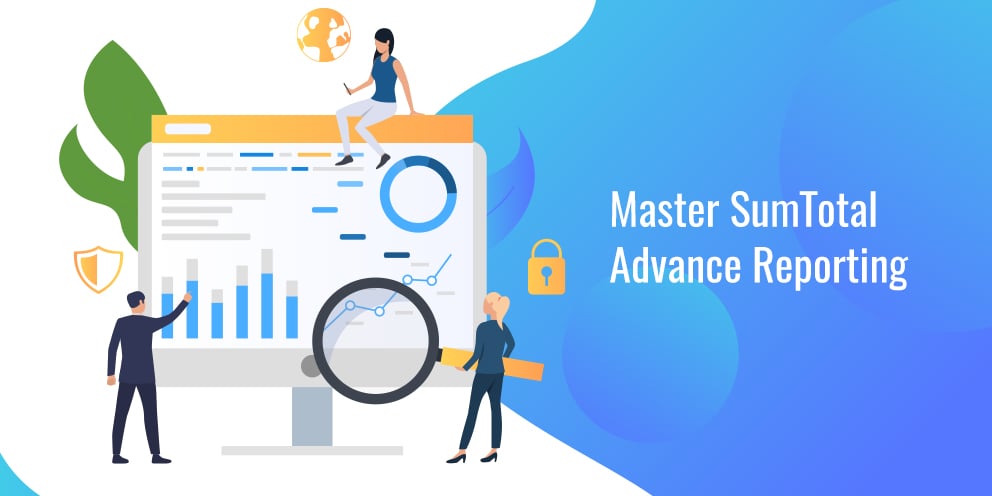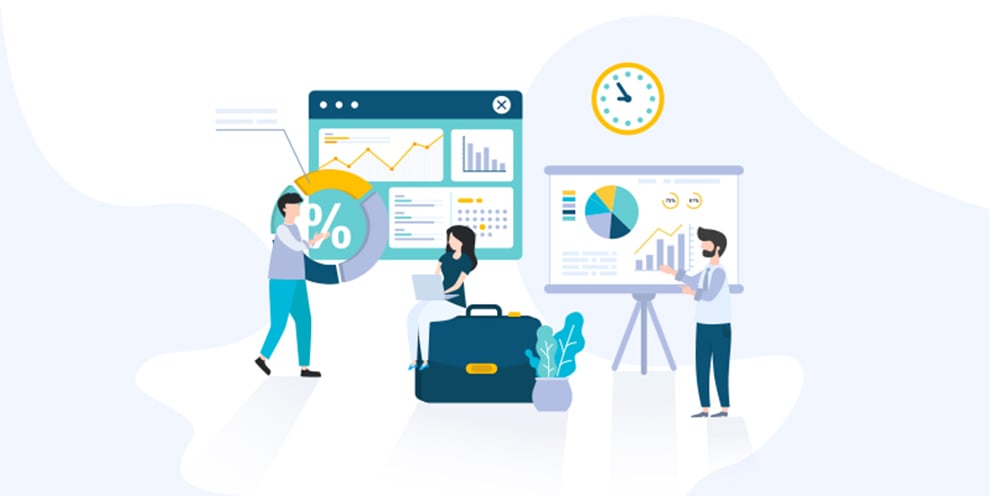


About 10 years ago, I started a position as a report writer and analyst for a large HR department. In my first conversation with the senior HR analyst, I told her the first thing I wanted to do was to conduct an inventory of what reports were already available. She wished me luck in finding anything useful.
Her response puzzled me, but I soon learned what she meant. I found almost 400 reports. Few of them had names or descriptions that helped me understand what was in them. It took months to clean up the mess.
Report names matter, and without a published and enforced set of rules, you will, in time, have chaos. The effort required to resolve the problems may make you want to junk it all and start over.
There is an easier way. Report naming conventions should be a part of your organization’s data governance policy. Your data steward should review every report name and description for compliance.
If your organization doesn’t have a data governance team or function, we recommend you get started on it right away. Your organization may have good governance in place by another name. Start a conversation with your CIO to learn how it works in your business.
According to the Data Governance Institute, data governance is the exercise of decision-making and authority for data-related matters. It defines who has authority to do what with data in the organization. It governs how you carry out the decisions your management team makes about your company’s information.
What data governance means to your organization depends on the nature of your business. Although the framework for an organization may be the same as for another business or industry, the focus could be different.
To get started, we recommend that you connect with the Data Governance Institute and download the DGI Data Governance Framework, or contact us to talk about your needs.
If your organization does not have report name conventions, we have a few tips to get you started. The standards here are based on our experience. This is our second update since we first published them in June 2016.
Note: This guide assumes you have completed Advanced Reporting Author Training and have read and kept a copy of the SumTotal Advanced Reporting Best Practices Guide.
Following your guidelines will help people find the information they need. It will speed up report development because report writers can use what they already have as a starting point. And when it comes time to clean up the report lists, it will be much easier than having to open each report to see what is in it.

Domains are the fundamental building blocks for reporting in SumTotal.
The SumTotal Advanced Reporting User Guide describes them as a metal layer between the reports and the reporting database. That’s a techie’s way of saying that complex data is organized in a way that makes it easy for report authors to use it without having to perform the queries, joins, and calculations to extract data from the database. A domain functions the same way as a database view in Oracle or SAP ABAP.
SumTotal provides domains that enable you to satisfy most of your reporting needs. Each delivered domain can be used for multiple purposes.
You will probably find some business use cases where a delivered domain will not contain the data you need. Custom domains allow you to create data sets to satisfy information needs not covered by the delivered domains.
A topic in SumTotal is, in effect, a view of data in a domain. It contains data you choose from a domain, using filters to control what data it displays.
In general, the topic is best used for specific business use cases, where you only need some data fields in a domain. You can allow user input and allow users to select which data they want to see.
This comparison may help you to choose whether you want to base your reports on a topic or a domain. These are generalizations based on our experience. Your uses and structure may differ from ours.
|
|
Domain |
Topic |
|
Audience |
Power users who understand the data structure and Structured Query Language. |
Business users who want to explore their own data and create reports for themselves or their business units. |
|
Purposes |
Reports and dashboards for end-users using the Ad Hoc Editor or Jaspersoft Studio. Create topics for business users who create reports. |
Reports and dashboards for end-users using the Ad Hoc Editor and Advanced Reporting. |
|
Use Cases |
Multiple-use cases in broad subject areas and functions. |
Single-use case or narrow scope of use cases. |
|
Functions |
Data aggregation, joins, calculations, and data manipulations would slow down or prevent report processing. |
Multiple filtering, custom column headers, user input functions, and user data selection tools that do not require programming skills. |
The free training that SumTotal provides would get you started on the road to successful reporting and we would offer some additional tips that will make the road a bit smoother.

Users tell us over and over that reporting is the most frustrating feature in their LMS. We can understand why. Data isn’t information until it’s organized. Information isn’t useful business intelligence until you present it in a way that people understand. Most people don’t run and view reports because they want to “explore data.” They do it because they want answers. When they don’t find them right away, they become frustrated.
SumTotal’s report author training and best practices guides give you all the information you need to create reports. What they don’t tell you is how to manage the process and relationships to provide great customer service.
We assume that if you’re reading this, you have completed SumTotal’s online training on authoring reports in SumTotal Advanced Reporting and that you have the SumTotal Advanced Reporting Best Practices Guide handy as a reference.
Here are eight tips we think you can use to provide better services to your report users.
We hope these tips help you manage your views and reports in ways that will delight your end users. Doing so can have a big impact on your organization.
It’s embarrassing when your system administrator calls you in a panic because the reports you’re running have stopped critical updates. Read our article on Creating and Scheduling Reports in SumTotal Advanced Reporting so you can avoid becoming “famous.”